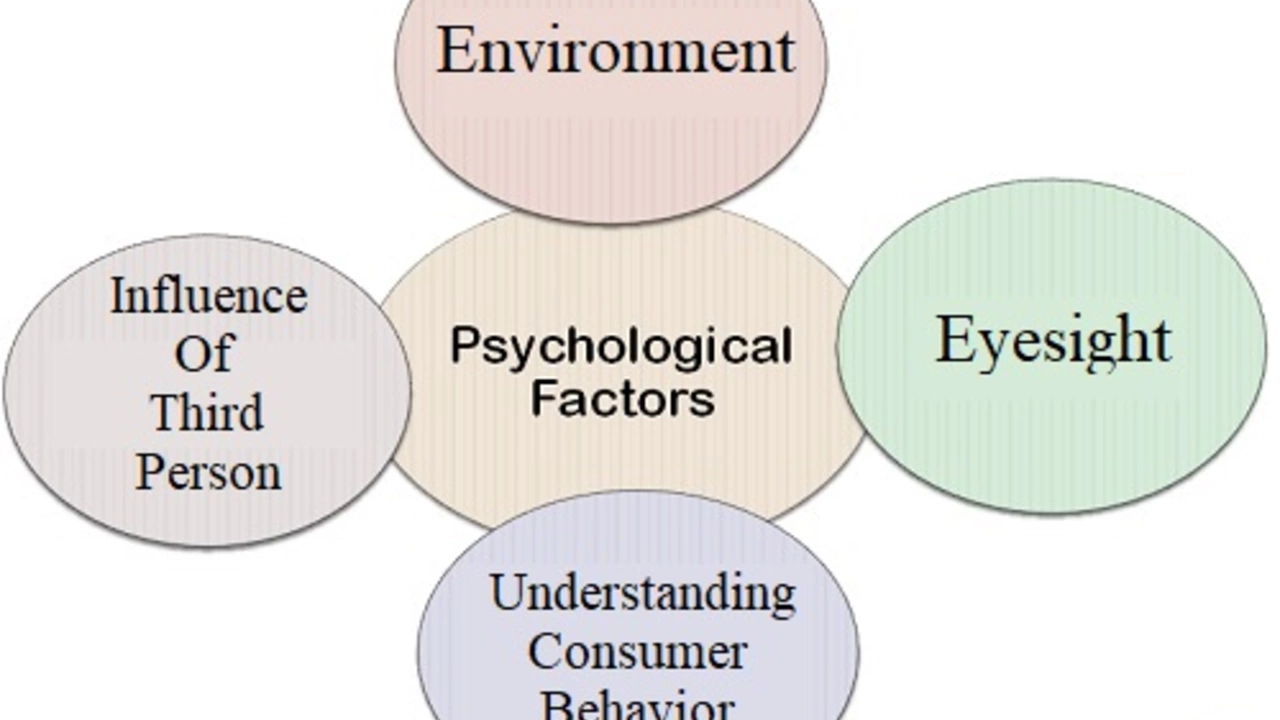
Origins of the Hockey Mask
Before diving into why hockey masks are scary, it would be beneficial to understand their initial purpose and how they came into existence. Hockey masks were first introduced in the late 1950s to safeguard the face of the goalie from any injuries during the game. Before this invention, goalies used to play the game without any face protection, leading to numerous injuries. The initial masks were simple fiberglass masks, which later evolved into the modern designs we see today.
However, the perception of hockey masks took a significant turn when they began to be associated with horror and fear, thanks to their portrayal in popular culture, specifically in the horror genre of films and books. Now, let's delve deeper into the reasons behind this fear association.
The Influence of Popular Culture
Ask anyone about hockey masks and it's likely the first thing they'll think of is Jason Voorhees, the iconic character from the "Friday the 13th" franchise. The character's use of a hockey mask as a part of his terrifying persona is probably the biggest reason why hockey masks are often seen as scary. This started in the third installment of the series, when Jason first donned the mask, which promptly became a trademark of his character and the series as a whole.
Jason's mask became such an iconic symbol of horror that it drove people to associate hockey masks with fear and terror. This association is so strong that it has surpassed the original purpose of the mask. This is a testament to the power of popular culture and media in shaping perceptions.
The Symbolism of Masks
Masks, in general, have a long history of being associated with mystery, secrecy, and sometimes, fear. They hide the wearer's identity, making them unpredictable and unfamiliar. This lack of familiarity and the uncertainty of what lies behind the mask can create a sense of apprehension and fear.
In the case of a hockey mask, the fear factor is enhanced by the mask's design. The small eye slits and lack of mouth opening give it an eerie, non-human appearance, adding to the sense of dread. Moreover, they symbolize an impassive, emotionless figure, further intensifying the fear factor.
Psychological Factors
There are also psychological factors at play when it comes to finding hockey masks scary. The human brain is wired to recognize and read faces. When we encounter a face, we look for familiar features and expressions to understand the person's emotions and intentions. A mask disrupts this process, leaving us in a state of uncertainty and fear of the unknown.
The hockey mask, with its lack of expressive features, creates a sense of anonymity and dehumanization. This lack of identifiable human features can trigger a fear response, as it leaves us guessing about the intentions of the person behind the mask.
The Role of Context
Context also plays a crucial role in why we find hockey masks scary. If we see a hockey mask in its intended setting, i.e., during a hockey game, it might not evoke fear. However, when we see the same mask in a different, unfamiliar setting, particularly a threatening one, it becomes a symbol of fear.
Take, for example, a dark, deserted alley at night. If we see someone wearing a hockey mask in such a situation, our brain immediately associates it with danger, as it's out of place and unexpected. This is another reason why hockey masks can be seen as scary - it's all about the context in which they are perceived.
The Power of Association
Lastly, the power of association plays a significant role in making hockey masks scary. As humans, we tend to associate things with our past experiences. If our only association with hockey masks is through horror movies like "Friday the 13th," it's only natural that we'd find them scary.
In conclusion, while hockey masks were designed for protection, they have become a symbol of horror and fear due to their portrayal in popular culture, their symbolism, psychological factors, the context in which they are seen, and the power of association. It's a fascinating example of how perceptions can change over time and how strongly media and popular culture can influence our feelings and reactions.
Write a comment
Please Enter Your Comments *
